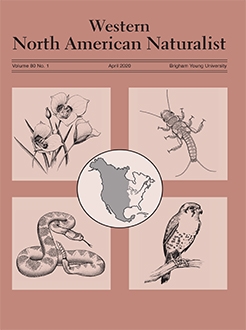A comprehensive understanding of foraging choices within an optimal framework requires a basic understanding of the differential nutritive concentrations and availability of prey items. Herein we present both nutritional data (e.g., the macronutrient, gross energy, and mineral concentrations) and temporal abundance of wild-caught arthropods from Nebraska prairies. Additionally, we report the size-mediated nutritional concentrations of 2 Orthoptera families: Acrididae and Tettigoniidae. Crude fat concentrations were 56%, 63%, and 53% higher in small, medium, and large Tettigoniidae than in Acrididae, respectively. Crude protein concentration varied minimally among arthropod groups (range 60.32%–76.00%), while caloric densities (gross energy) were similar among the majority of arthropod groups that were analyzed (range 16.54–23.36 kJ/g). In addition, small (early instar) orthropterans peaked synchronous to the mean first clutch hatch date for 2 species of grassland birds at the study site. Our results suggest that size and insect taxonomy influence crude fat and protein concentrations but do not appear to influence gross energy concentrations. Peak fat and protein concentration occurred during the early nestling phase for both avian species, implying synchrony between food availability and the nestling provisioning period for grassland nesting birds.
How to translate text using browser tools
30 March 2020
Seasonal Abundance and Nutritional Concentration of Grassland Arthropods
Ben R. Skipper,
Daniel Kim,
Cheryl Morris
ACCESS THE FULL ARTICLE

Western North American Naturalist
Vol. 80 • No. 1
April 2020
Vol. 80 • No. 1
April 2020




